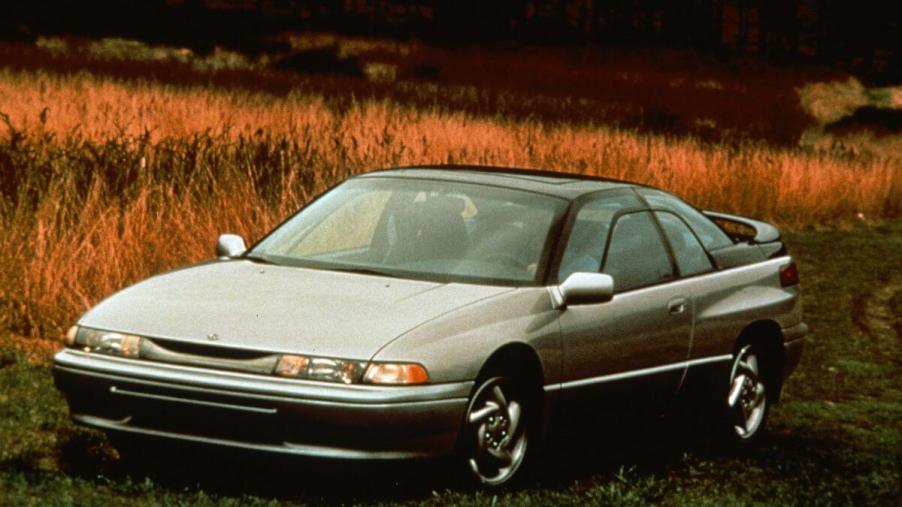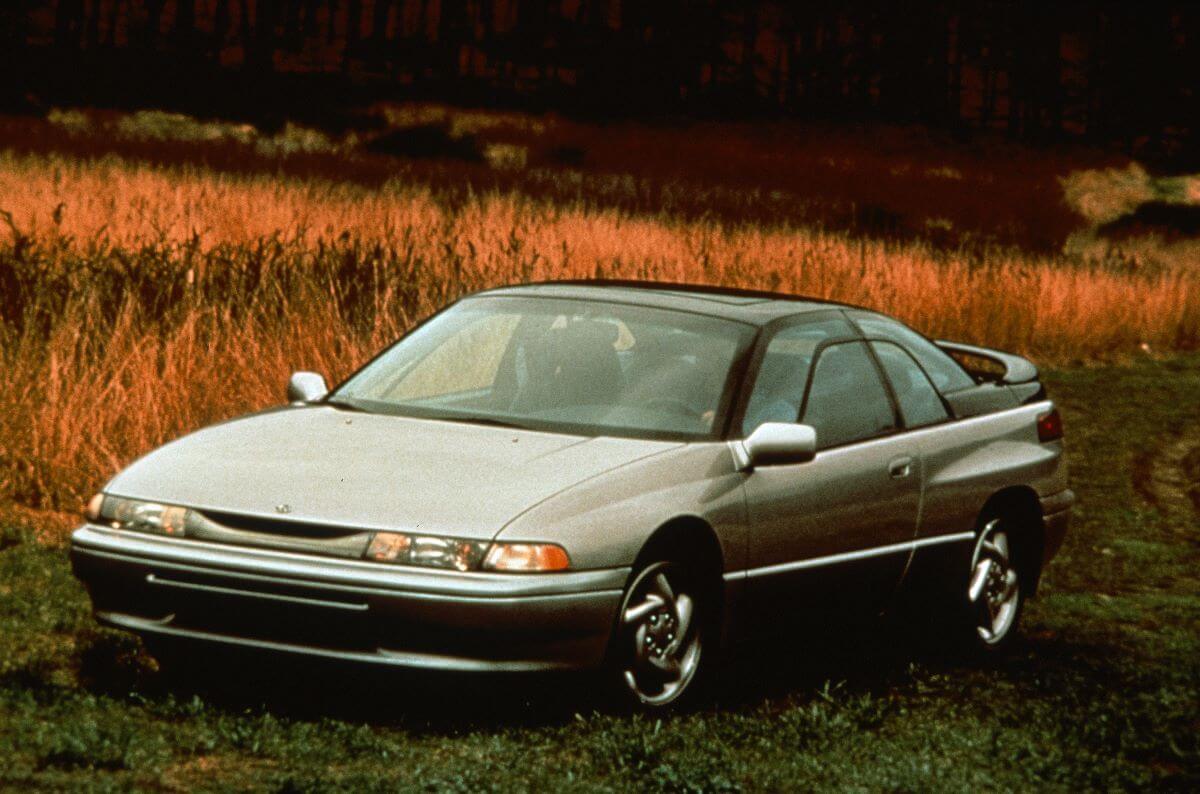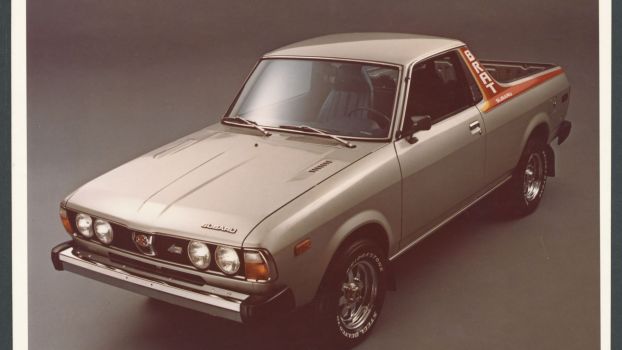
‘The Weirdest Subaru Ever’: Everything You Need to Know About the Subaru SVX
When Doug DeMuro says a car is weird, you know it’s got to be bonkers. So, how unique is the Subaru SVX? To be fair, Subaru does have a history of being a bit weird, so fans of the Subaru Brat, Subaru Baja, or Subaru B9 Tribeca may not find this 1990s sports car particularly noteworthy, but context is everything. The SVX is definitely weird and unique.
Where do the letters SVX come from?

SVX stands for Subaru Vehicle X, with the X thought to stand for experimental. However, today, Subaru is too busy eliminating the manual transmission and its performance models to take any unnecessary risks like with the SVX. Of course, today, Subaru still has the WRX and the Toyota GR86 twin, the BRZ. Otherwise, just about everything the company produces is pretty pedestrian.
Hagerty’s Eric Weiner reckons this hesitance to experiment comes from Subaru’s expensive failure with the SVX. Weirdly, the SVX replaced a far more BRZ-like model called the XT/XT6. The XT was sold from 1985-1991 and was a FWD/AWD front-engine coupe. The XT was offered with a 1.8L boxer four-cylinder that also came in a turbocharged form. The XT6 only came with a 2.7L boxer six-cylinder. Each version of the XT could be fitted with a manual or automatic transmission. Unfortunately, given the top trim only had 134 horsepower, sales were nothing to write home about.
What is the Subaru SVX?
The SVX was Subaru’s attempt to compete with German giants like BMW by building a halo car, reports MotorTrend. The company had been killing it concerning sales, so Subaru figured it had room to be ambitious. The vehicle was revealed at the 1989 Tokyo Auto Show and received a mostly positive response. It had almost all the correct ingredients for success. It was designed by Italian designer Giorgetto Guigiaro, the same man who designed the BMW M1, Mk1 Golf, Lotus Espirit, and the now beloved DeLorean DMC-12. This being the case, we must admit the SVX is undoubtedly attractive. Much of the beauty comes from the shape but also its window design. HotCars reports that the two-piece window was “an aircraft-inspired glass-to-glass canopy.” The window decreased wind noise, looked very DeLorean-esque, and was fantastic for visibility. This design was more complex and never really caught on. Apparently, people would rather have a full-size window than the glass canopy and small working windows on the SVX.
Sports car or luxury GT cruiser?
In addition to beautiful styling and a unique window situation, the Subaru SVX was equipped with all-wheel drive. This wouldn’t be especially noteworthy today, but when the SVX was on the market, AWD was quite the rarity. HotCars’ Owen Johnson writes, “Subaru’s system, called Active Torque Split, siphoned 35% of the power to the front in standard driving conditions”. Unlike rivals, Subaru used AWD to make the car more stable instead of for outright performance.
The goal of the SVX was more luxury-oriented than rivals like the RX-7, 3000GT, NSX, and Supra. That said, the car didn’t lack for performance entirely. The 3.3L boxer six-cylinder engine, internally known as the EG33, made a healthy 230 horsepower and 228 lb-ft of torque. Unfortunately, despite the great engine, 7-second 0-60 mph time, and 0.29 drag coefficient, the car was only available with a four-speed automatic. This was because Subaru was unable to supply a manual capable of handling the power. Unfortunately, this played a significant role in the short life of the Subaru SVX.
The demise of the Subaru SVX
Sadly, the lack of a manual transmission, the unconventional styling, and high price of the Subaru SVX foreshadowed its eventual discontinuation. The SVX was $10,000 more than anything else sold by Subaru in the 1990s. In 2023, money that’s nearly $22,000 more than the next most expensive model.
Overall, the Japanese market at the time was saturated with now iconic cars that ended up overshadowing the SVX. Additionally, Subaru only sold 14,257 examples in the United States. To try and attract more sales, the company sold a less expensive FWD version in 1994 and 1995, but that was even less popular than the AWD model, so it didn’t even make it to 1996—the final model year for the SVX.
The spirit of the SVX lives on
Though the SVX is considered a failure for Subaru, it has become an attractive used proposition today. Clean examples can be found for under $10k, making it an absolute steal compared to its contemporaries. Due to the bespoke nature and low sales of the SVX, parts are challenging to find. That said, a thriving online community is willing to help owners keep their cars running as long as possible. There is even a common five-speed manual swap using the manual transmission from a later WRX.
Thankfully, 16 years after the SVX left the market, Subaru returned with a new sports car called the BRZ. The RWD boxer four-powered BRZ is now in its second generation and is rumored to have a third in development. However, if you’d rather have a rare, attractive, boxer six-powered 1990s oddity—there is an SVX out there in need of a caretaker. All it takes is $10,000 and a lot of patience.



